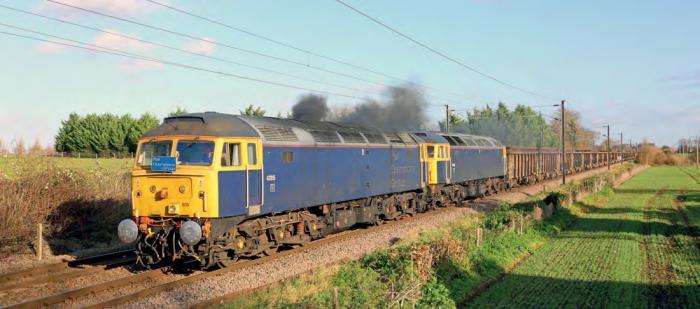
On the Great Western main line, the most obvious traffic is construction materials moving from the Mendips to London, with around seven million tonnes expected to move this year alone. Just looking at the construction activity in and around the London end gives some idea of the scale of possibility – Old Oak Common development and regeneration, HS2 and Heathrow new runway to name but a few projects. There are also smaller terminals serving local construction activity such as housebuilding, maintenance and so on.
Construction is not just for London though, and there are other flows and new opportunities elsewhere, including construction of the new power station at Hinkley Point. This is likely to be railed to Port of Bristol and then move onwards by barge to site. Elsewhere, container traffic uses the route between Reading and Didcot, moving goods from Southampton to the Midlands and beyond. There are also container trains into South Wales, and plans remain to serve Bristol at some future point. Other commodities include finished cars from Oxford to Southampton, car parts, and steel traffic from South Wales. Heathrow itself receives aviation fuel, and if it expands it is likely that this will too.
The East Coast has an equally varied mix of traffic. Although intermodal volumes are some way behind the West Coast, the route is becoming increasingly important as gauge clearance is completed. There are also new services from Teesport to the Scottish central belt and interest in serving other destinations as short sea and feeder shipping services increase.
Bulk traffic to and from the East Coast ports also remains strong despite the decline of coal, and Brexit opens the possibilities of greater volumes to these ports if shipping patterns shift. There are also a number of construction terminals served by the route. This can only be an illustration of the traffic in these franchise areas, but in each case there is a mix of commodities, customers and opportunity. Helping this will be a key role for the Partnerships and we need to ensure that the right structures exist to encourage this.
An opinion column of the Rail Freight Group, www.rfg.org.uk
